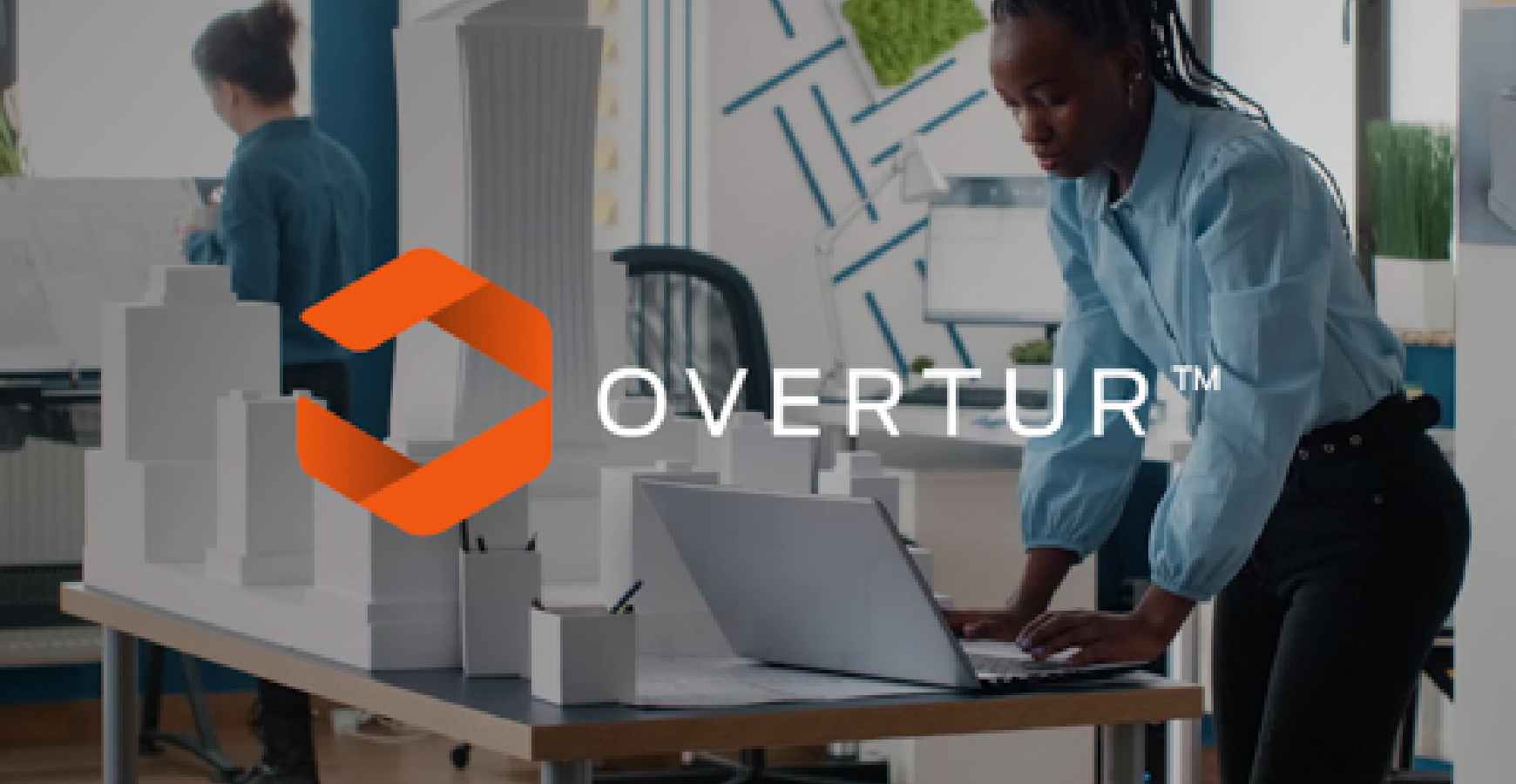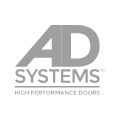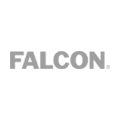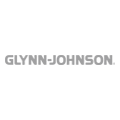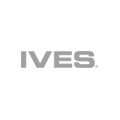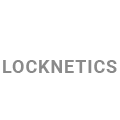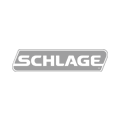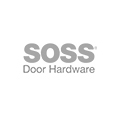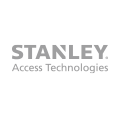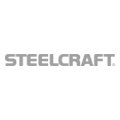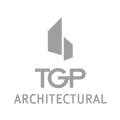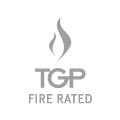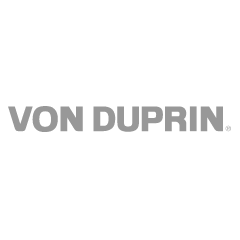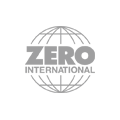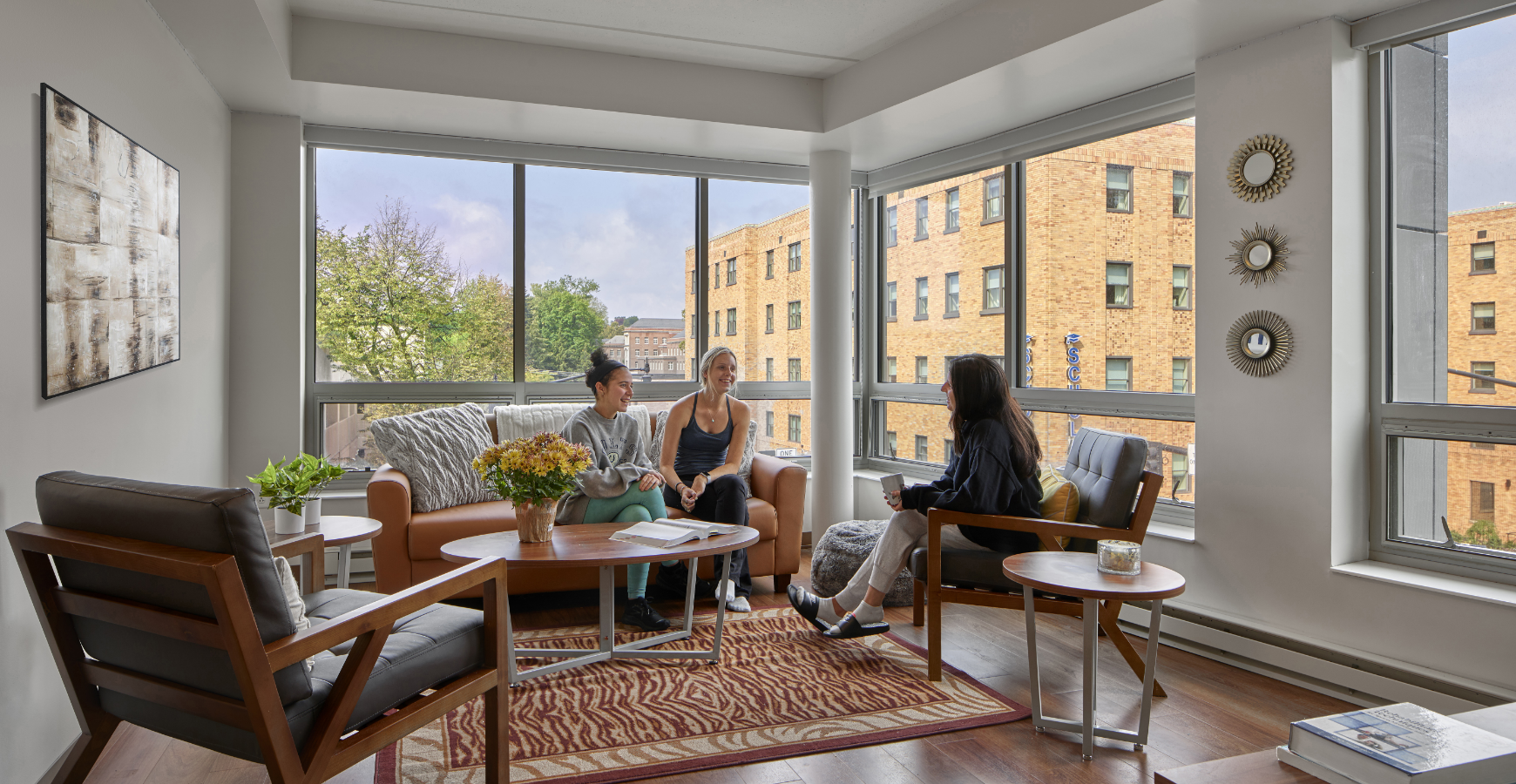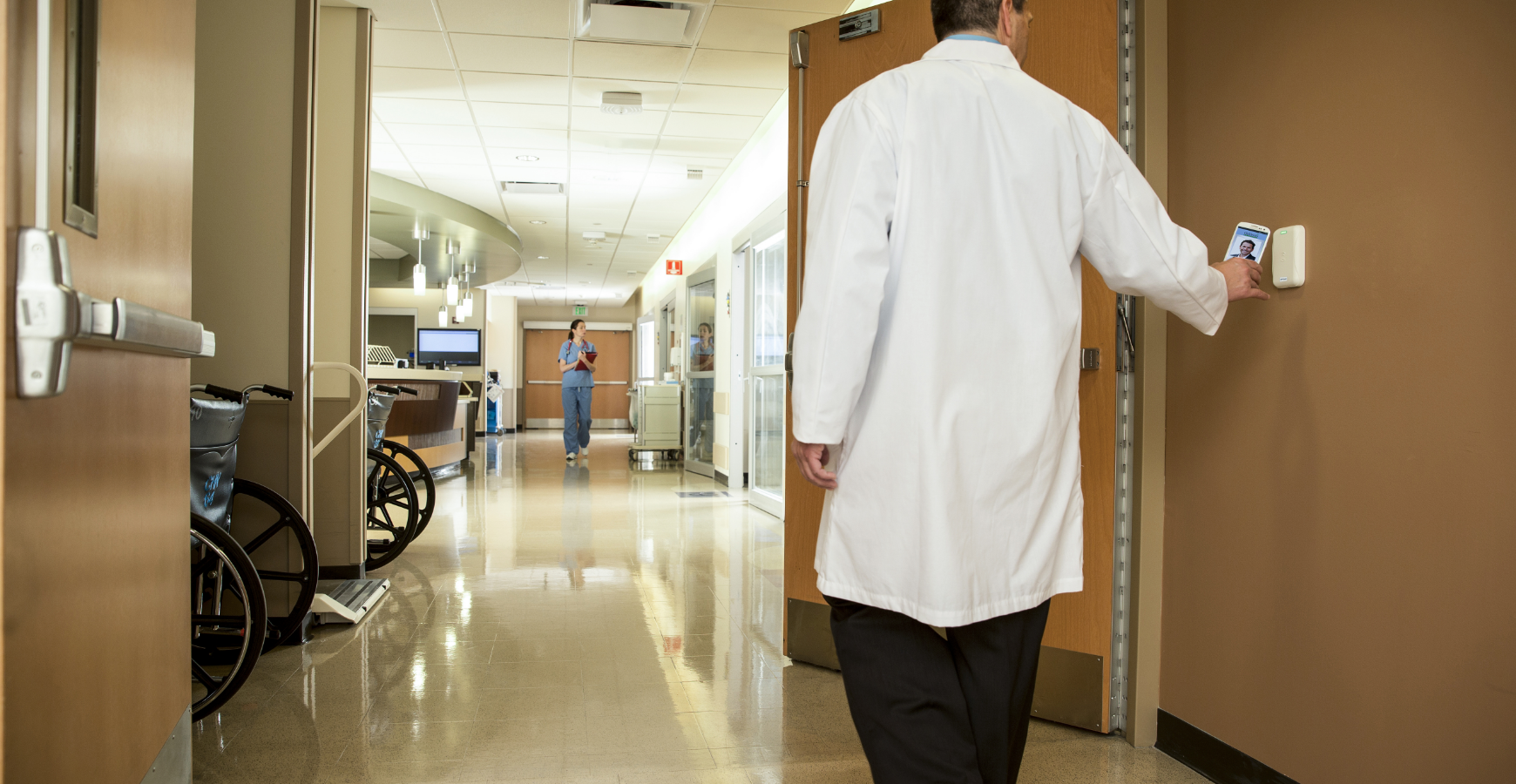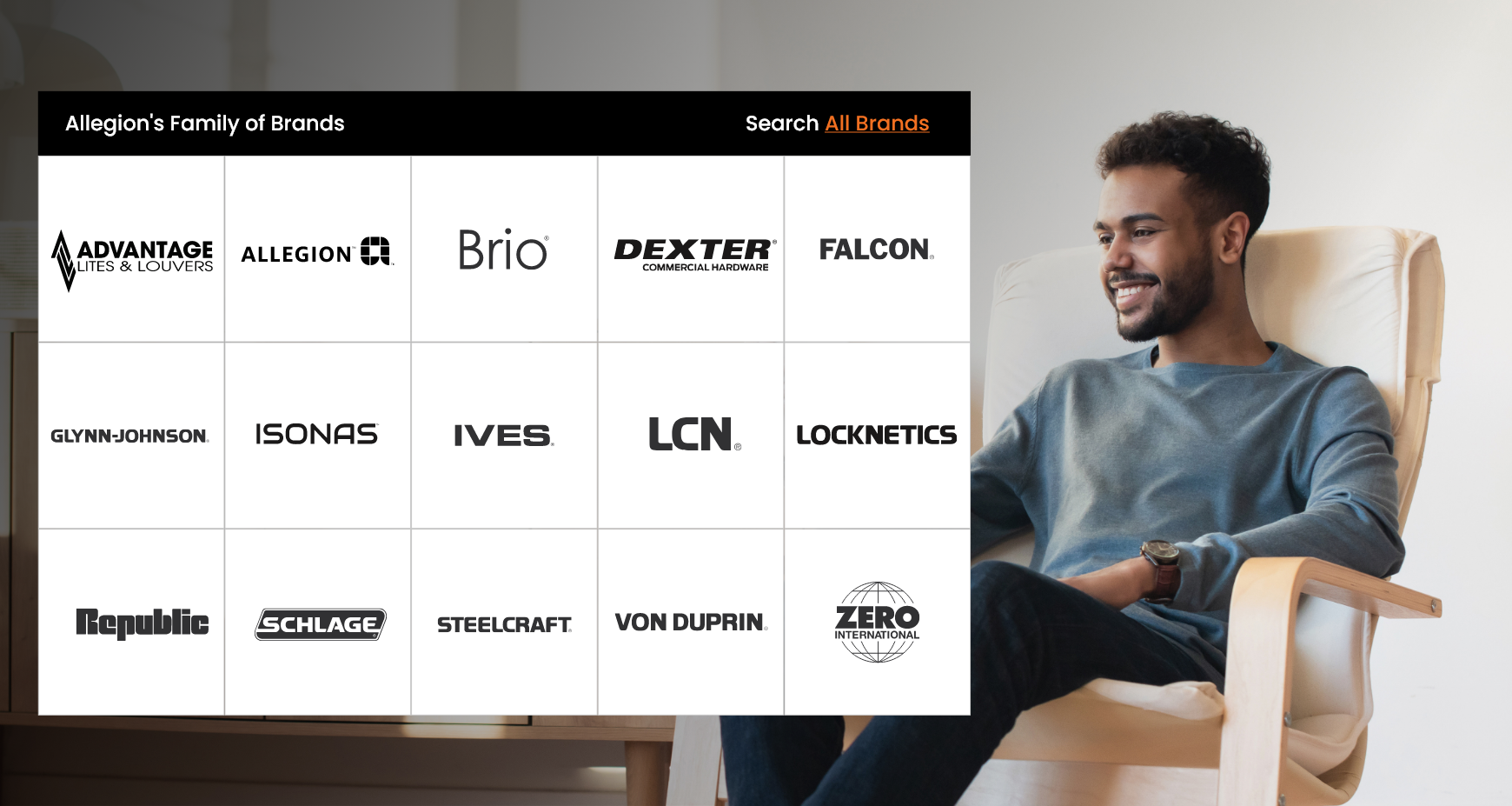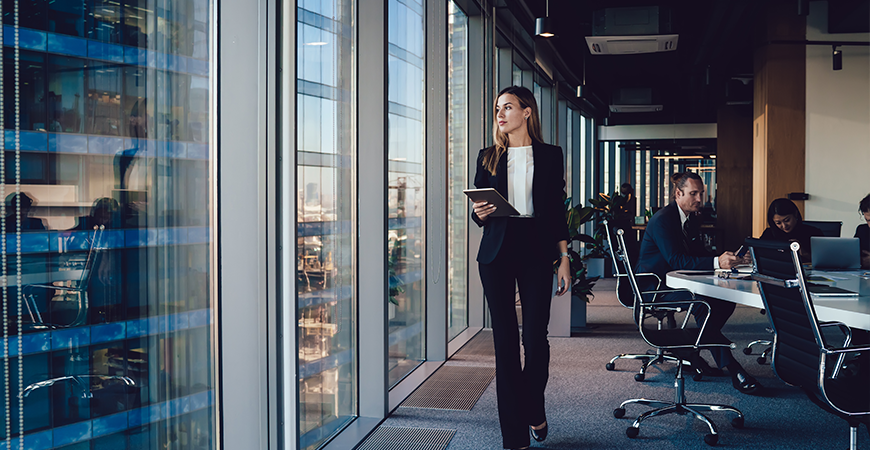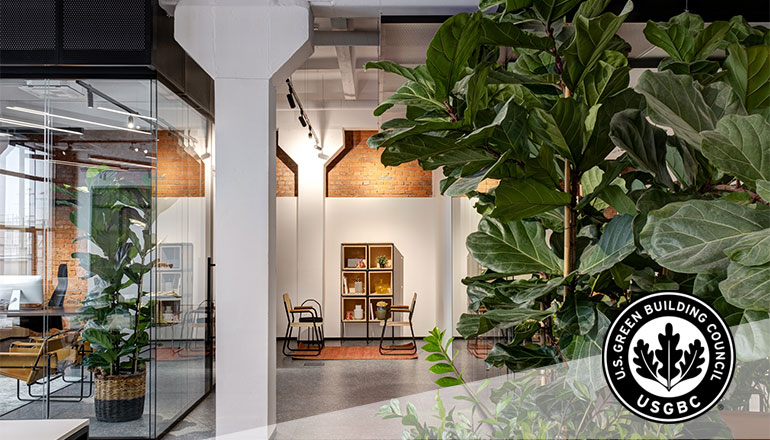LEED
Allegion recognizes the value of the Leadership in Energy and Environmental Design (LEED) rating system to building environmentally safe and sustainable structures.
Commercial buildings in the U.S. account for our total energy, electricity, and water consumption. In efforts to elevate the significance of these environmental issues - architects, engineers, and construction professionals are leading sustainable building design.
Sustainable building design encompasses the design, construction, operation, renovation, and eventual replacement of a building. The standard for sustainable design in the United States is the Leadership in Energy and Environmental Design (LEED) rating system developed by the U.S. Green Building Council (USGBC). In the system, buildings become LEED certified by earning credits from the following categories: location and transportation, sustainable sites, water efficiency, energy and atmosphere, materials and resources, and indoor environmental quality.
 Featured ProductSchlage Credential Services deliver control, security and flexibility without limiting your options. From encryption keys to card tracking and custom artwork, our services help create an access control plan that fits today and grows with you tomorrow.
Featured ProductSchlage Credential Services deliver control, security and flexibility without limiting your options. From encryption keys to card tracking and custom artwork, our services help create an access control plan that fits today and grows with you tomorrow.